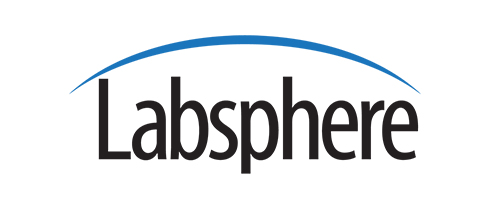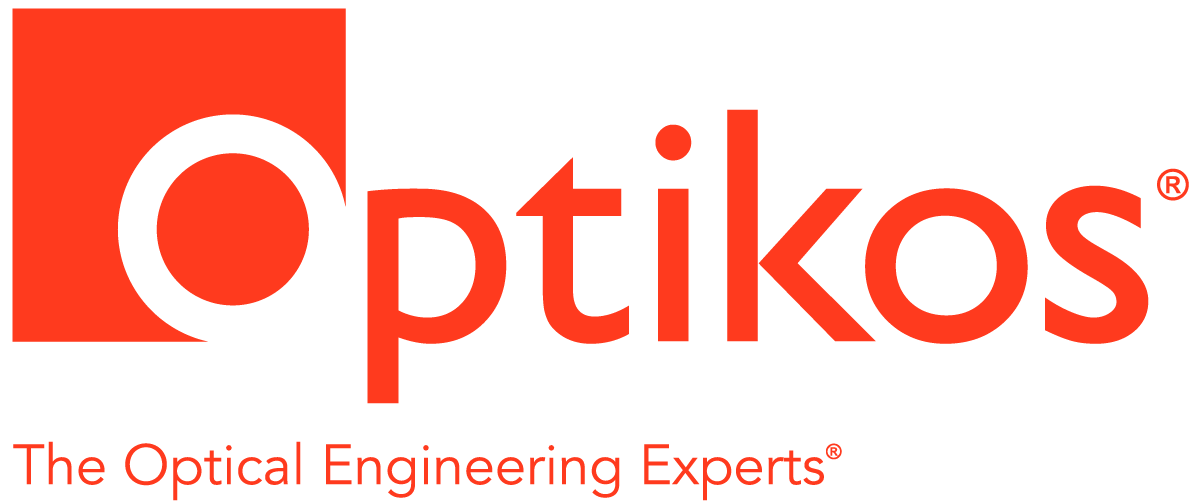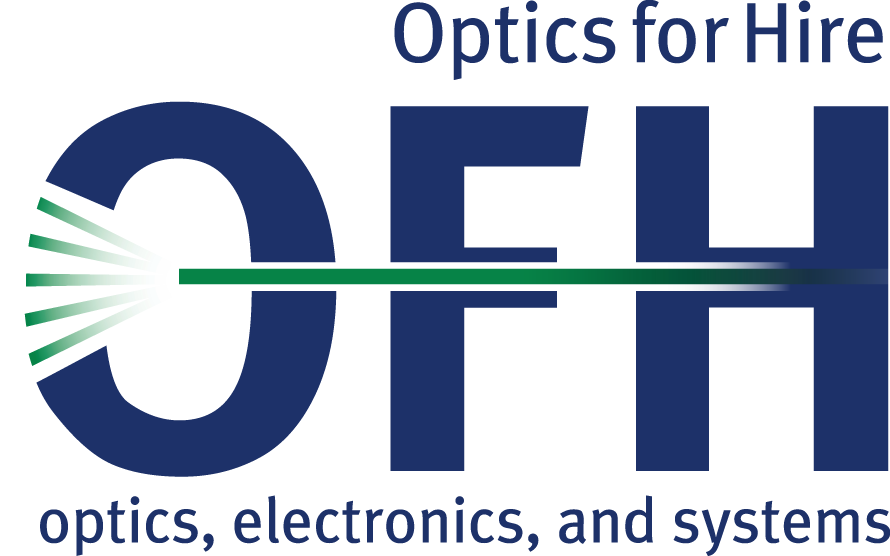Nov. 16, 2006, Andrew Szentgyorgyi
New Tools to Search for Planets Orbiting Stars Other Than the Sun
Since the discovery of the first exoplanet, 51 Peg, in 1995, research on exoplanets has exploded. The Harvard-Smithsonian Center for Astrophysics (CfA) has taken a leadership position in this field and is involved in a broad range of programs to further our understanding the census, dynamics and evolutionary history of planetary systems. In this talk I will briefly review the technique and methodology of exoplanet observation. I will then give a survey of some the tools the CfA has been developing to expand the horizons in this field. Finally, I will discuss and compare three CfA echelle spectrographs that illustrate some of the nuances and challenges of searching for the ultimate prize in exoplanet research, the detection of earth sized planets orbiting solar-like stars in the habitable zone.
Andrew Szentgyorgyi
Andrew Szentgyorgyi is an astrophysicist at the Harvard-Smithsonian Center for Astrophysics (CfA) specializing in optical instrumentation. Andrew completed his Ph.D. in physics at the University of Wisconsin in 1986 , building an atmospheric Cherenkov telescope on Maui to search for sources of very high energy (1 TeV) gamma rays, After graduate school, he joined the Columbia University faculty, concentrating on X-ray astronomy instrumentation. Dr. Szentgyorgyi moved to Cfa to work on metrology for the Chandra grazing incidence X-ray optics, but in 1993 he joined the optical and infrared instrumentation group, building a number of cameras and spectrographs for CfA gorund based telescopes.




